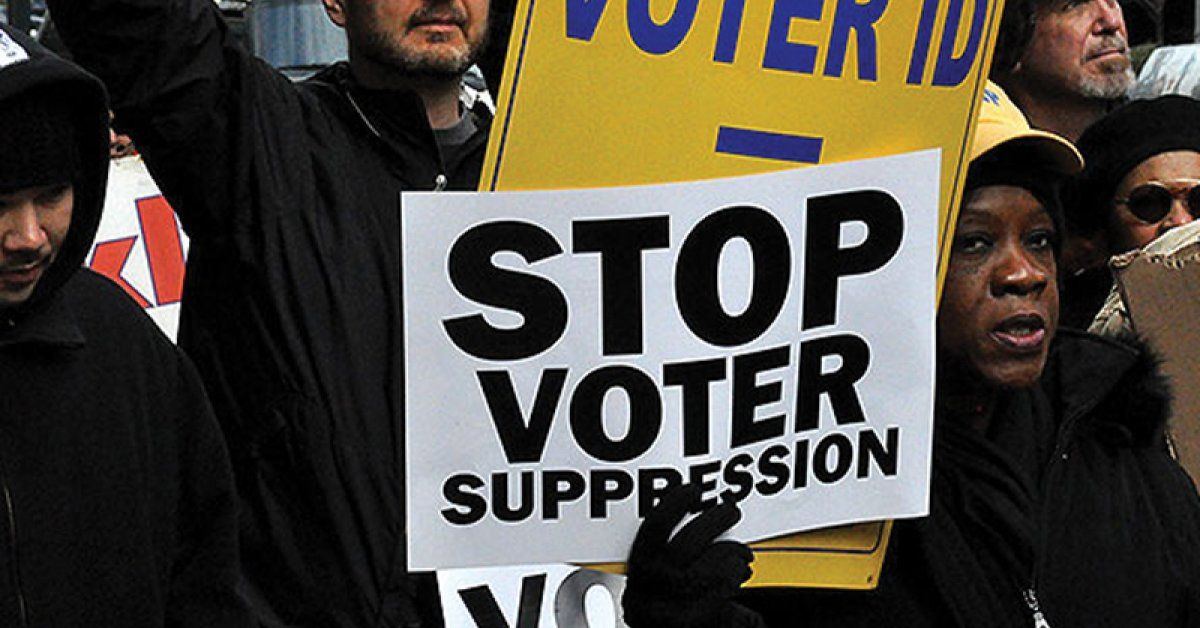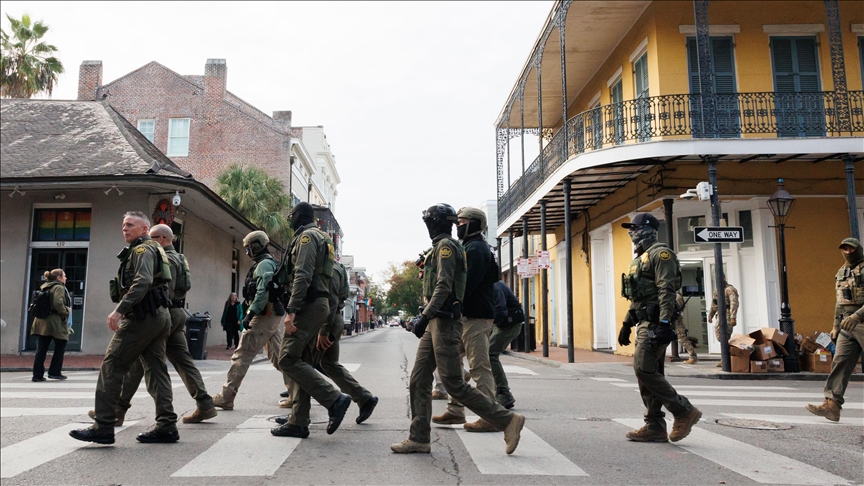(ThyBlackMan.com) As a candidate for the Democratic nomination, Bernie Sanders made income inequality a central theme for his two presidential campaigns and for good reason. Over the past few decades, a typical college graduate may have seen modest economic gains, but it is the wealthy individuals who consistently receive the greatest increase in income. In other words, “the 1 Percent” as Bernie Sanders likes to put it. As we view our socioeconomic hierarchy, it is true, the majority of Americans fall in either the middle or lower economic classes. It is also true that in a democracy, the majority rules. Majority rule is the principle where the greater number should exercise greater power. How can the “1 Percent” maintain their economic advantage in addition to obtaining the political advantage needed to shape government policies in their favor? If majority rules as it should, then the “99 Percent” should have the political advantage. In reality, too many Americans consistently vote against their own best interests. By succumbing to the politics of race and fear, many working class whites without college degrees are literally handing over political power to the wealthy. Exploitation and the strategy of “Divide and Conquer” has awarded the numerical minority greater political influence which exceeds its small numbers.
The “1 Percent” are not disadvantaged people. There is no need for them to spend night and day worrying about maintaining a livable wage, obtaining affordable housing, childcare, healthcare or quality education. These are the daily concerns of every-day middle and lower income families regardless of their race. This will always be the case. Past, present and future.

The spring and summer of 1968 was a turbulent time in American history. With the Vietnam War, the anti-war movement, the assassination of Martin Luther King and the resulting urban riots, America was in turmoil. In the midst of all the turmoil, the nation was in the middle of a presidential election. During the Democratic primaries of 1968, Robert Kennedy made the political calculation to form a multiracial class-based coalition of voters to support his presidential bid. The idea of a multi-racial coalition based on common economic interests was not new. Franklin Roosevelt did it, but unfortunately it came at the expense of ignoring civil rights violations toward blacks. The New Deal Coalition didn’t remain as a permanent alliance, but for more than three decades it was an effective voting bloc which joined multiple sectors of society. Groups such as Southern rural whites, blue collar workers, unions, religious minorities and African-Americans were joined together to support a progressive agenda despite some of their past differences.
In this era of Trumpism, building a similar alliance may seem impossible to some due to the deep racial and political polarizations. But the coalition makes both economic and moral sense. With voters of color being disproportionately affected by voting restrictions, why not offset the restrictions by appealing to white working class voters who would also benefit from progressive economic policies. In other words, beat them at their game of “Divide and Conquer” while weakening the effects of racial politics. It is needed because our democracy has not been under this type of coordinated attack. This type of coalition will cause persuadable white working class voters to focus less on the so-called big lie and more on where it should be: policies that economically benefits their families and communities.
What Robert Kennedy was able to accomplish in putting together a multi-racial class-based coalition was unique. At a time of deep racial tensions and urban violence resulting from the 1968 riots, Kennedy reasoned that class was the root of America’s problem more than race. Despite being deeply committed to fighting for civil rights, Kennedy was still accepted and able to attract many working-class white voters who previously supported the segregationist George Wallace. He was able to effectively demonstrate that he cared for the economic interests and legitimate values of both groups by promoting respect and inclusion.
On one hand, he didn’t back away from his full commitment to civil rights and racial justice. On the other hand, he respected the working-class values of hard work and respect for the law. He became a law and order candidate by balancing law and order with a demand for justice. He benefited from walking a fine line both groups saw him as sincere and respectful. Kennedy was sensitive to the racial injustices fueling the anger in the black community, but he also made clear that looting and violence would never be tolerated regardless of the underlying reasons.
A rebuilt coalition today should share the same law and order balance. Rioting should never be tolerated, but justice and accountability should be maintained in regards to any form of police misconduct. There are many things in common between working class whites and people of color in addition to having shared economic interests. Men and women of color are police officers who place their lives on the line daily just as their fellow white officers. Police service is appreciated by all communities. Men and women of color are patriotic in their military duty just as their fellow white soldiers, airmen and sailors. Military service is recognized by all communities. The economic majority should have greater power permanently. Kennedy explained it best when he stopped referring to himself as “liberal”. He deleted the term from his speeches and replaced it with “humane”. He makes a very valid point. A power coalition which levels the playing field and seeks economic equality for all races should not be driven solely by a liberal or conservative agenda, but it should include a humane agenda. Whenever the majority rules in any part of society, the majority should always be humane.
Written by David W. Marshall
















Leave a Reply